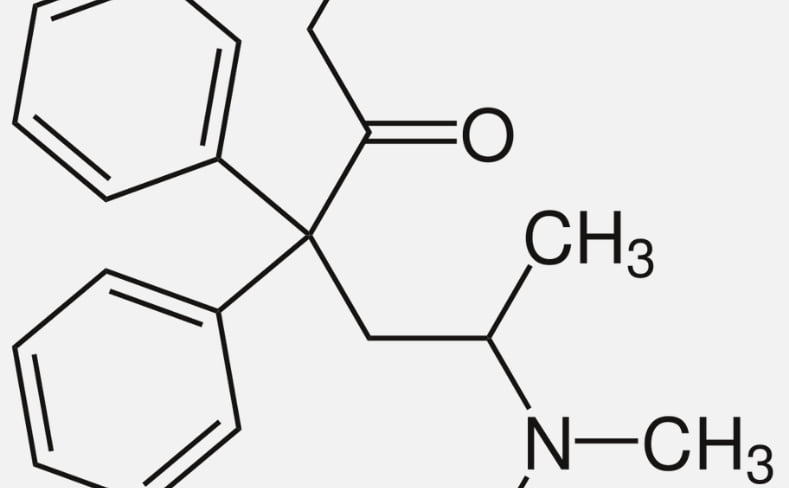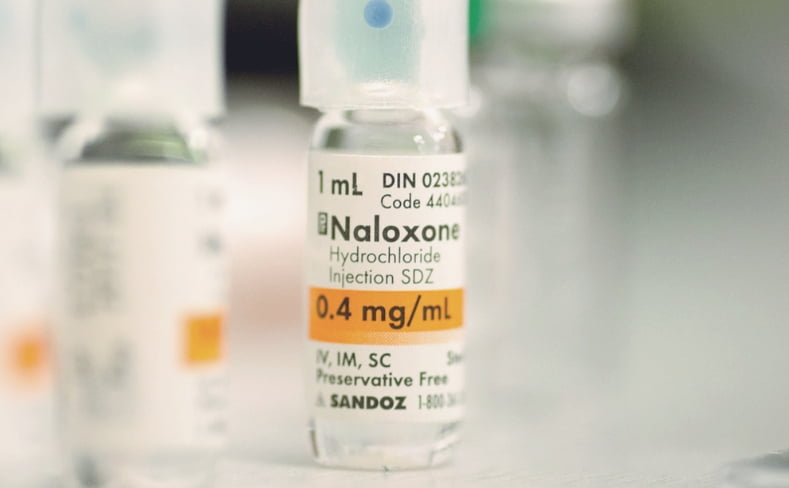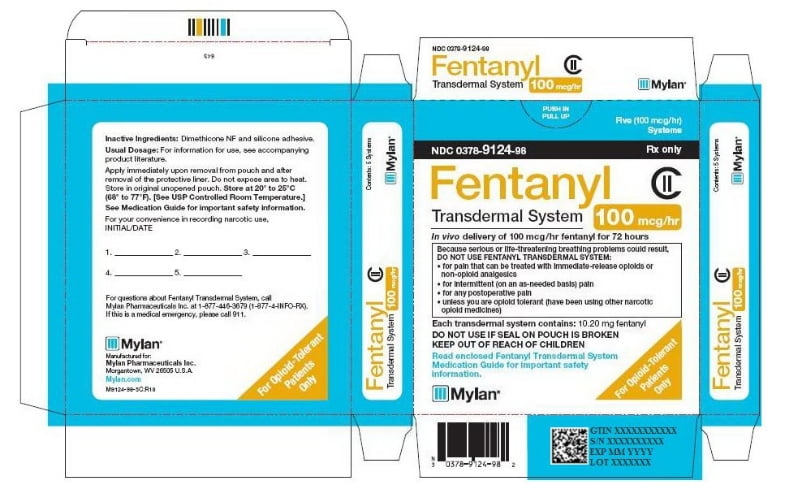Methadone Maintenance – Treatment For Addiction to Opioids
MMT – methadone maintenance treatment for addiction is a comprehensive program in which patients are prescribed methadone for a long period of time in order to help them avoid other opioids, often heroin. Key to MMT is that methadone is not the sole treatment included in it. Rather, it also requires psychosocial and medical services, counseling, and proper case management. Exactly how long methadone maintenance will take will depend on the individual.
What Is Methadone and How Does It Work?
Methadone is a synthetic opioid that was popularized during WW2 as an alternative to morphine. It is long-acting, which means it does not lead to a euphoric high or rush. That said, it is still an opioid, which means developing a dependence on it is possible. While developed as a painkiller, it has been found to be very effective in the treatment of opioid addictions.
“Methadone works by changing how the brain and nervous system respond to pain. It lessens the painful symptoms of opiate withdrawal and blocks the euphoric effects of opiate drugs such as heroin, morphine, and codeine, as well as semi-synthetic opioids like oxycodone and hydrocodone.”
How methadone is administered and at what dosage will vary. However, one of the most popular dosages for MMT is around 100ml of liquid. This liquid has been formulated so that it is not as effective as an injection. At the start of an MMT program, physicians will monitor patients and adjust the dosage until they are able to suppress the withdrawal symptoms from their chosen opioid, reduce cravings, and stop the euphoric effects of other opioids, all the while preventing intoxication.
The Benefits of MMT
One of the biggest benefits of methadone maintenance is that it helps fight the physical and psychological withdrawal symptoms associated with opioid withdrawal.
“Withdrawal symptoms vary according to the drug of dependence and severity of dependence, but often include nausea, vomiting, diarrhea, anxiety, and insomnia. During withdrawal, some patients may become disruptive and difficult to manage.”
Once the methadone is absorbed into the body and reaches the appropriate level, cravings will decline. Further, because methadone is a long-acting (24/36 hours) opioid antagonist, it only has to be used once daily. Heroin, on the other hand, is short-acting and lasts only three to six hours, meaning patients administer the drug several times each day, with each time bringing with it more chances of infections, diseases, overdose, and even death.
Methadone is an opioid, however, and the body will tend to develop a tolerance to it. However, such tolerance is generally slow to develop, which means patients can continue with an MMT program almost indefinitely so long as they are properly monitored and use the drug as prescribed. Unfortunately, in that also lies the problem, as many people do not use it as prescribed.
“Unless planning to detoxify, patients with high tolerance need high doses of methadone. If the substituted amount of methadone is less than their opiate habit, addicts will usually top up with illicit heroin, methadone, or benzodiazepines until they have reached adequate maintenance doses.”
Meanwhile, there has been a lot of research into the effectiveness of methadone and this is one of the reasons why it is described by many as a “wonder drug”. Studies have shown that properly administered MMT reduces how much opioids are used overall, mortality, participation in risky behaviors such as needle sharing and promiscuity, transmitted diseases, and criminal activity. Furthermore, MMT leads to a direct increase in treatment program retention, quality of life, social functioning, mental and physical health, and family relationships.
The Future of MMT
Because MMT has so many benefits, but only if managed properly, it is now a priority to increase access to MMT maintenance programs. Unfortunately, there remain many barriers in place to accessing treatment, something that is seen globally.
“Methadone maintenance therapy (MMT) has been proven to be effective and cost-effective in treating dependence on opioids. However, concerns remain that geographical, financial and other hidden barriers may hinder access to MMT, especially in rural areas where health services are limited.”
Thankfully, in this country at least, there is a lot of awareness of the barriers and the importance of increasing access. Hence, health professionals are now trained on MMT’s benefits and services have been designed to be more flexible, so that they meet the needs of the client.
The Need for an MMT Treatment Team
It is also very important for patients to be supported by the right treatment team. This means that they are under the supervision of a physician, but also work together with nurses, pharmacists, and counselors. The treatment team must be fully cohesive and focused on working with the patient and the community. No two addiction stories are the same, which means that no two therapeutic strategies will be the same either. It is therefore also vital that all members of the treatment team have excellent communication and are focused on working together.
MMT Regulation
Methadone is a Schedule II drug. This means that it is an opioid with high potential for abuse and dependency, although it has significant medicinal benefits. Those with the right training, license, and clearance, therefore, are able to prescribe it where appropriate. Naturally, stringent federal regulations are in place and must be adhered to, although some feel that they are insufficient.
“The Bradford memorandum opens a window onto state regulation of the use of narcotics for narcotic addiction that shows that it is very extensive and considerably more variable than federal regulation. Viewed historically, state regulation is far more developed today than it was when methadone was initially approved by FDA.”
A lot remains to be done about increasing access and ensuring that methadone maintenance is offered properly and in the right way. MMT is not for everybody, as it often means people continue to use methadone for years. Some prefer to opt for short term methadone detox, which usually means they enter a 21-day detox treatment program and use methadone for between three and seven days only, solely to stave off the withdrawal symptoms associated with the opioid they were addicted to.
Sources
[1] How Long is Methadone Maintenance. (2019, February 15). Retrieved from https://methadonenearme.com/methadone-maintenance/how-long-is-methadone-maintenance
[2] Institute of Medicine. (1995). Federal Regulation of Methadone Treatment – Federal Regulation of Methadone Treatment – NCBI Bookshelf. Retrieved from https://www.ncbi.nlm.nih.gov/books/NBK232105/
[3] Khampang, R. (2015). Perceived barriers to utilise methadone maintenance therapy among male injection drug users in rural areas of southern Thailand – Khampang – 2015 – Drug and Alcohol Review – Wiley Online Library. Retrieved from https://onlinelibrary.wiley.com/doi/pdf/10.1111/dar.12268
[4] Methadone tolerance testing in drug misusers. (2006, November 16). Retrieved from https://www.bmj.com/content/333/7577/1056
[5] Methadone | SAMHSA – Substance Abuse and Mental Health Services Administration. (2015, 28). Retrieved from https://www.samhsa.gov/medication-assisted-treatment/treatment/methadone
[6] World Health Organization. (2009). Withdrawal Management – Clinical Guidelines for Withdrawal Management and Treatment of Drug Dependence in Closed Settings – NCBI Bookshelf. Retrieved from https://www.ncbi.nlm.nih.gov/books/NBK310652/










